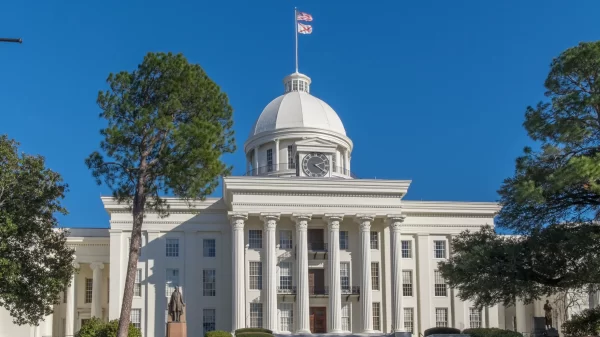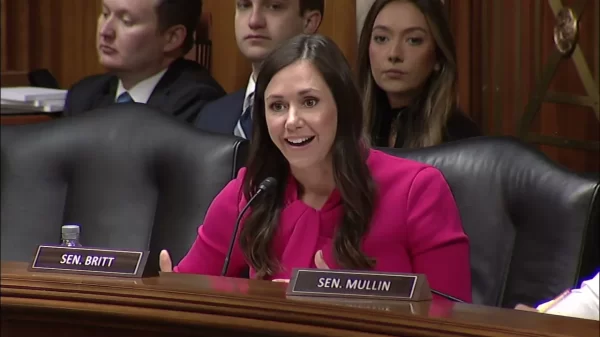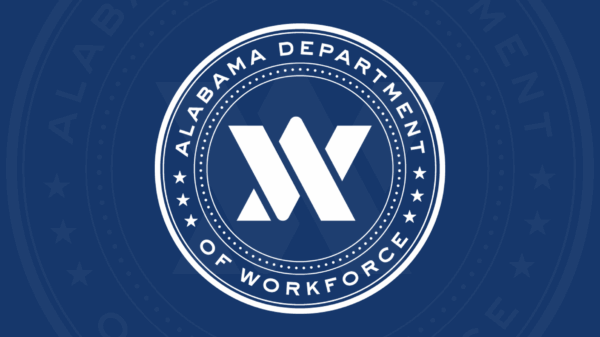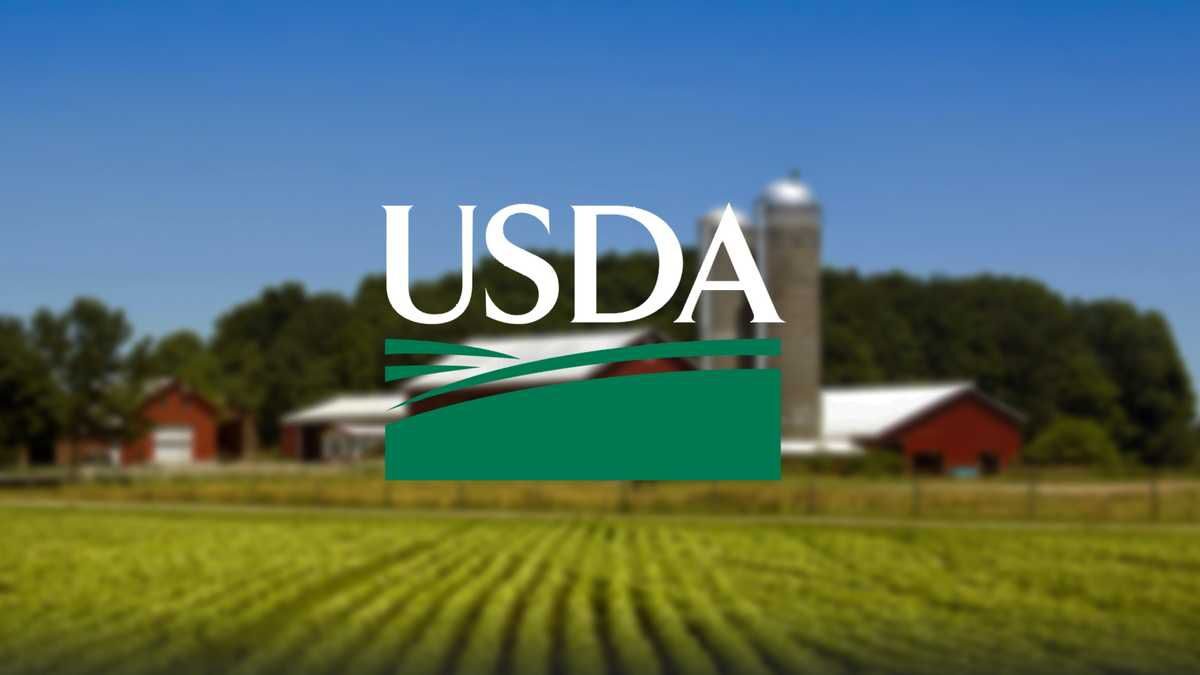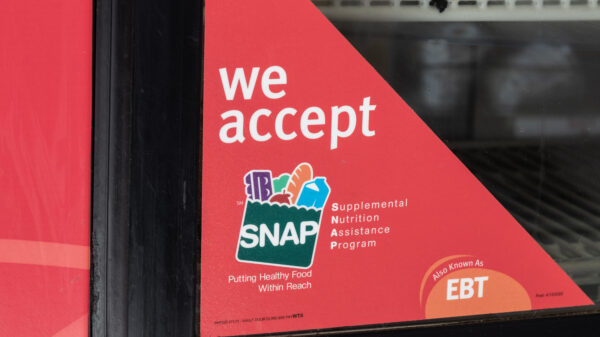Alabama Commissioner of Agriculture and Industries Rick Pate announced Tuesday that USDA Secretary Brooke Rollins has designated 20 Alabama counties as primary natural disaster areas due to a recent drought. Eighteen additional counties were listed as contiguous disaster counties.
“The drought affected over half of the counties in Alabama,” said Commissioner Pate. “We encourage farmers to reach out to their local USDA offices for details about available funding.”
According to the U.S. Drought Monitor (see http://droughtmonitor.unl.edu/), these counties suffered from a drought intensity value during 2025, 1) D2 Drought-Severe for eight or more consecutive weeks or 2) D3 Drought-Extreme or D4 Drought-Exceptional.
The 20 primary Alabama counties included in the disaster designation are Autauga, Chilton, Choctaw, Clarke, Dallas, Franklin, Greene, Hale, Lauderdale, Lawrence, Limestone, Lowndes, Madison, Marengo, Morgan, Perry, Sumter, Washington, Wilcox and Winston. There are 18 contiguous counties including Baldwin, Bibb, Butler, Colbert, Coosa, Crenshaw, Cullman, Elmore, Jackson, Marion, Marshall, Mobile, Monroe, Montgomery, Pickens, Shelby, Tuscaloosa and Walker. For a total of 38 counties in Alabama.
Other counties in Alabama may have already been designated as natural disaster counties if they had previously met the requirements found under 7 CFR 759.5(a) for the current crop year.
A Secretarial disaster designation makes farm operators in primary counties and counties contiguous to such primary counties eligible to be considered for Farm Service Agency emergency loan assistance, provided eligibility requirements are met. Farmers in eligible counties have eight months from the date of a Secretarial disaster declaration (3-25-25) to apply for emergency loans. FSA considers each emergency loan application on its own merits, taking into account the extent of production losses on the farm and the security and repayment ability of the operator.
Farmers interested in learning about program options or wanting to verify eligibility should visit https://www.fsa.usda.gov/programs-and-services/farm-loan-programs. Find your local USDA Service Center at https://www.farmers.gov/working-with-us/service-center-locator.















